South Gippsland: Foster family dairy building on success
This Foster family dairy has moved from strength to considerable strength, but there’s plenty of room to grow, says Kate.
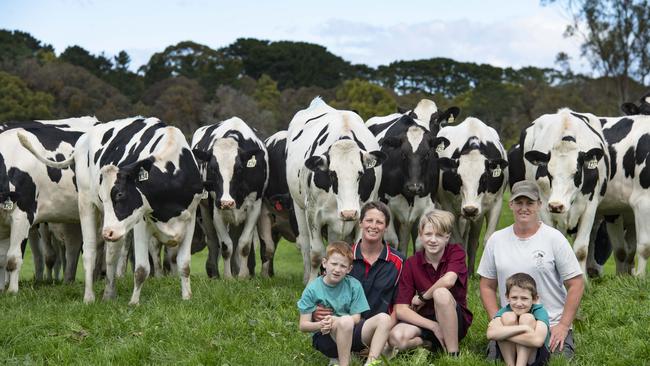
From the verdant hills of South Gippsland’s dairy country, Kate Bland and her family are focused on expanding the footprint of their farm one hectare at a time.
It’s a move which, according to Kate, creates a sense of security and independence when farming.
Kate and her wife Deb, along with their three young sons Alex, Blair and Cody, farm across 505ha at Foster, with an additional 405ha of turnout land nearby.
Three full-time staff and relief milkers help to milk about 800 cows twice a day, plus care for around 1100 head of young stock.
“All work is done in-house without contractors, we do all our own harvesting, spreading, spraying, earthworks, AI, branding, fencing, cropping, cattle freight, building and maintenance,” Kate said. “We’ve been running the farm for about 18 years. I’m fourth generation. Mum’s parents were dairy farmers, and Dad’s family too.”
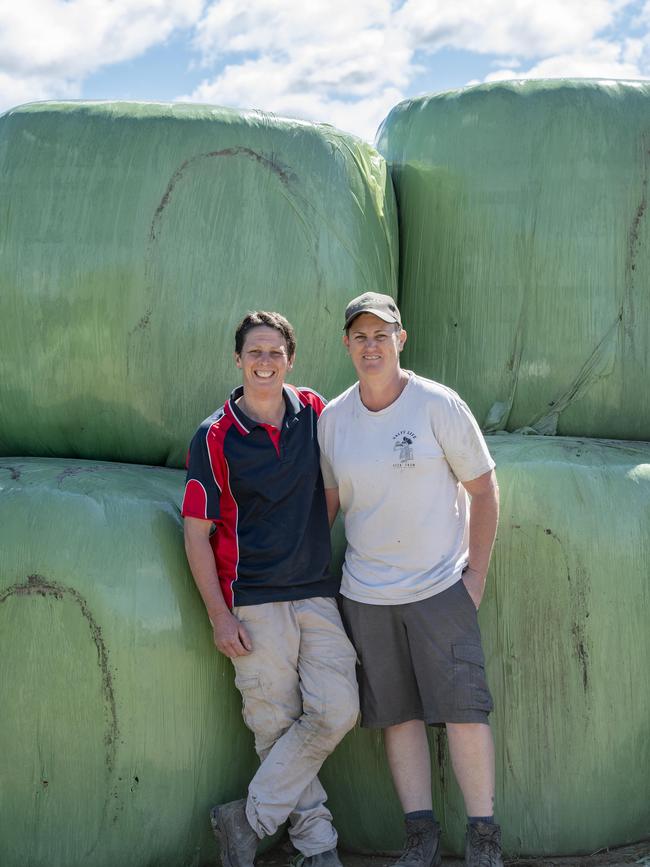
Since taking over, Kate said she had been focused on making “little tweaks” across the farm in order to boost production where possible.
A change in calving patterns last year – heifers calve at 22 months not 24 months – has resulted in increased supply, with her cows each producing about 781kg milk solids annually. “That’s the best we’ve ever done, previously it was about 760kg,” Kate said, with the cows each producing more than 11,000 litres in a year.
“When you’re drying your cows off there’s less cows to milk making less milk, so when the cows go out, I made it so the heifers were coming in. New blood coming in, new milk,” Kate said.
Kate said other benefits from the change in calving included lower number of dry cows being held through winter, better conception rates, a more spread-out calving — relieving pressure in calving shed.
The remainder of the herd is split calving, with about 35 per cent calved at autumn and 65 per cent in winter.
“Spreading the calving out has allowed me to rear all our calves this year with more than 800 in total for the year.”
BULLISH OUTLOOK
Kate’s herd is Friesian, with the best proven AI bulls used.
This opens the door for higher cattle sales, with excess heifers being exported, better prices for choppers, steers and excess milkers.
A feed pad was built in March last year, giving her the ability to milk more cows through winter while keeping cattle fed.
“I believe in keeping it simple, feeding homegrown quality silage and grass, with brought-in barley, canola, and minerals,” Kate said.
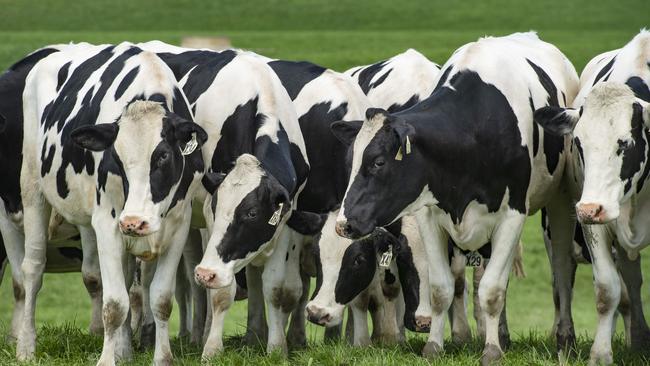
The biggest cost on farm this year is fertiliser, and in a normal year, grain.
Summer turnip crops are sown to strip graze, with perennial pastures providing good quality grass for cattle.
Kate uses a turbo reel to irrigate effluent across 40ha during summer.
The farm receives about a metre of rainfall a year and Kate said this year had been wetter than average.
“We’ve been struggling to lock silage up because it’s been so wet but we can’t get onto the paddock at the moment with the tractor,” she said.
“Silage last year has really saved us this year, we’ve still got silage to feed the cows. We don’t buy other fodder other than grain and canola. So we’re reliant on what we make here.”
PARCELLED UP
Investing in buying parcels of land is the main focus for Kate when she thinks of the future of the farm.
“We’ve bought lots of land … about four years ago we bought about 600 acres. Which was just the beginning of not having to buy in feed,” Bland says.
Bland is now able to grow all fodder for the farm while conserving excess for following years: not needing to buy in hay “at the mercy of the market” and instead being able to sell fodder has been a game changer.
“We are also able to run more stock,” Kate said.
“Buying more land, and becoming self-sufficient is probably the biggest change we’ve made.”
Buying more land when it was still relatively affordable has helped with the rapid expansion of the farm.
“More land means more equity, and as soon as you’ve got more, you’re able to buy more again, and grow really quick,” Kate said.
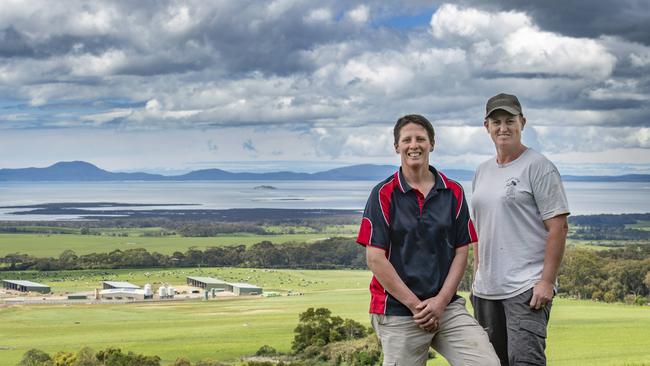
“You just feel more comfortable. Having more land enables us to grow more steers in the autumn, to use the land a bit better in winter when they’re growing slowly, and get rid of them in the spring before growing silage.”
Kate said she was usually too busy on the farm working and milking to look around and compare herself to other producers.
Instead, her motto is simple: tweak what you’re already doing to make it work better.
“I feel I can’t get any more out of my cows. But we are putting in a new dairy in the new year,” Bland says. We’ve got a 60 unit rotary at the moment, and in January we’ll do our last milking, walk the cows to my sister’s farm down the road, then put in a new 74-unit rotary dairy.
“We’ve been planning this for about 18 months.”
RISING FORTUNES
Each morning, when Kate rises to milk the cows, she views it not only as a job which needs to get done, but time spend pondering the future of the farm, herd health, and production.
“The time milking allows me a lot of thinking time, coming up with different ideas to improve, modify, and problem-solve,” she said.
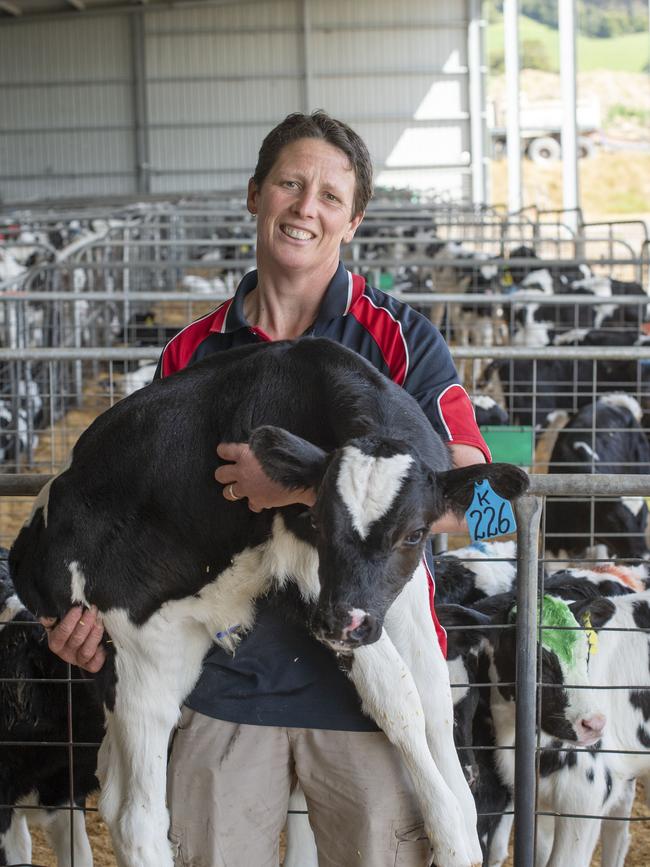
“I believe in surrounding ourselves with good people and equipment, not letting anything run down, and fixing things straight away.
“I’m driven by trying to do a better job than the year before, and finding ways to improve and make things easier and more efficient.”
Kate said she wasn’t happy unless all staff, family, and cattle were happy, “and I won’t stop until the job is done”.
This sense of pride in everything she does is evident in the decisions Kate makes on farm, and the direction she is moving the farm in.
The future of agriculture, broadly speaking, is looking good, she said.
“There’s nothing negative going on at all,” she said.
“Cattle prices are high, milk prices are high, grains are relatively low still. This year, with beef prices so high we’ve been selling all our Friesian steers.
“I’m just trying to do what I can to improve. We’re always looking to invest in more land. We’ve branched out and bought a different parcel of land, where we can create something different for the kids.”





